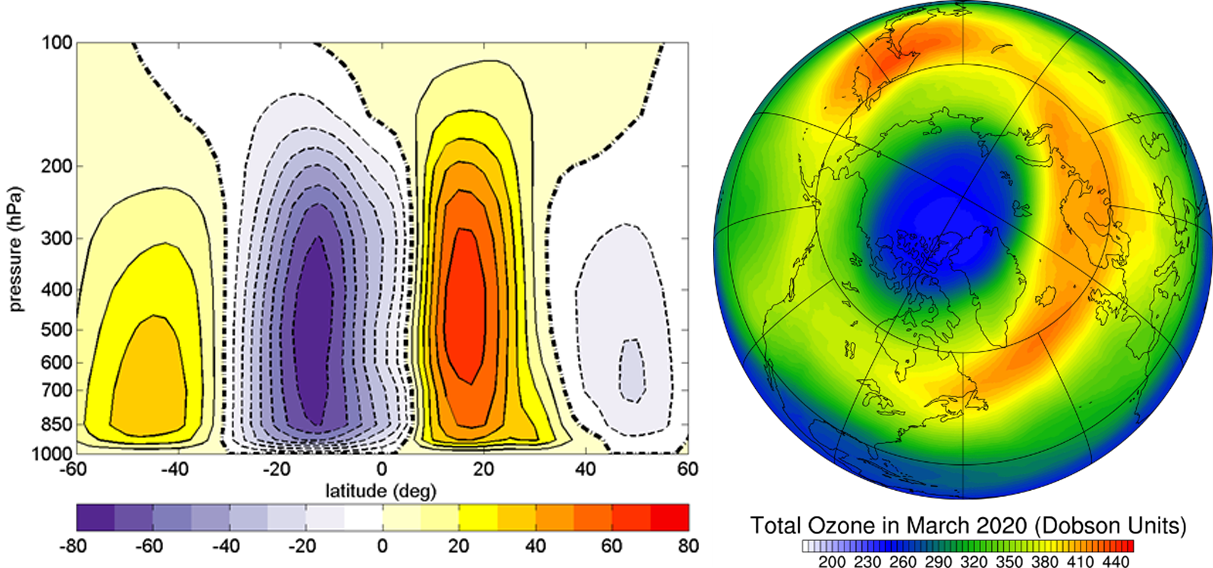
Alma Mater:University of Chicago
[MORE] Honors and Titles:2023-12-01 Yeqisun Mentorship Award
2023-12-01 Peking University Outstanding Postgraduate Advisor Award
2023-01-01 Fellow of the American Meterological Society
2015-01-01 Second Prize of Natural Science Award, Ministry of Education
2013-07-01 Award of Outstanding PhD thesis Advisor, Peking University
2010-01-01 Recipient of The National Science Fund for Distinguished Young Scholars
2009-01-01 Zhao Jiuzhang Award for Outstanding Young Scientists
2005-01-01 Outstanding Young Scientist of the New Century, Ministry of Education
For the present-day climate change, we focus on anthropogenic influences on the climate system. Specifically, we are interested in how changes in atmospheric compositions due to anthropogenic activity, such as greenhouse gases and stratospheric ozone, alter atmospheric thermal structures, lead to changes in atmospheric and oceanic circulations, and consequently cause global and regional climate changes.
The Hadley circulation is one of the most important atmospheric circulations. Its changes in strength and width have crucial impacts on redistribution of global energy and the hydrological cycle. Our series of works demonstrated that the Hadley circulation has undergone widening and weakening in the past few decades, due to global warming. The mechanism is that increasing greenhouse gases cause changes in vertical and horizontal temperature gradients, result in enhanced atmospheric stratification and weakened wave activity, and lead to the weakening and widening of the Hadley circulation. Associated with the widening of the Hadley circulation is poleward shifts of the subtropical dry zones, which impacts on human living environment, agriculture, and ecosystems in the adjacent extratropics.
Ozone depletion and recovery have been of great concerns by academic and public communities in the past few decades. The ozone layer not only absorbs utralviolet radiation but also has significant influences in tropospheric and surface climates. Therefore, studying ozone depletion and recovery and its climate effects has long been one of our research directions.

Left: Annual mean Hadley cells.
Right: Arctic "ozone hole" in spring 2020, evident through column-averaged ozone mass.
Click:
The Last Update Time:..